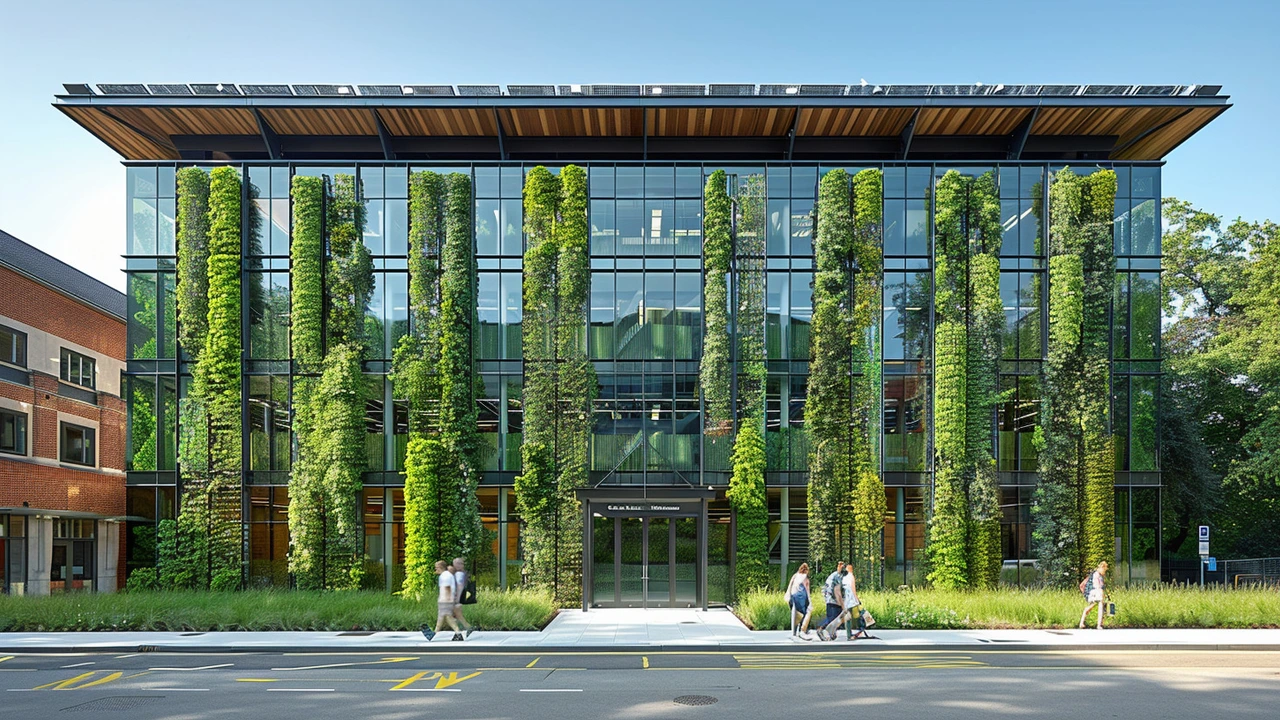Sustainable architecture represents a vital approach to building design that honors the health of our environment. It incorporates innovative techniques to minimize environmental footprints while enhancing efficiency. This article explores how green buildings benefit both our surroundings and well-being. From utilizing energy-efficient materials to implementing natural systems for waste reduction, these structures pave the way for a greener and more sustainable future.
Environmental sustainability in architecture: Practical steps for better buildings
Why care about sustainability? Buildings shape energy use, health, and costs for decades. A well-designed building can cut energy bills, improve comfort, and boost resale value. Here are clear, hands-on actions you can use whether you design, renovate, or buy a property.
Quick wins for greener buildings
Start with small changes that make a big difference. Orient windows to control sun exposure and add shading to reduce cooling loads. Upgrade insulation and seal air leaks to stop wasted heat or cooled air. Swap old lighting to LEDs and add smart controls to dim or schedule lights. Replace inefficient appliances with ENERGY STAR models. Install low-flow fixtures to cut water use without sacrificing comfort. These moves are affordable and deliver fast savings.
Long-term strategies that pay off
Think beyond quick fixes. Choose passive design: proper orientation, thermal mass, cross-ventilation, and deep overhangs cut energy needs without fancy tech. Invest in high-performance glazing and continuous insulation to lower heating and cooling demand. Consider solar panels or community renewables to offset grid energy. Use heat pumps for efficient heating and cooling, especially in moderate climates. Plan for water capture and reuse: rain barrels, cisterns, and greywater systems reduce demand on municipal supplies.
Pick better materials. Materials matter. Choose products with low embodied carbon like sustainably sourced wood, recycled steel, or low-carbon concrete mixes. Look for third-party labels—FSC for wood, Cradle to Cradle, or EPDs—that show real data. Prefer durable, low-maintenance finishes to avoid frequent replacement. Local materials cut transport emissions and support nearby trades. Avoid materials with high VOCs to protect indoor air quality.
Reuse and retrofit are powerful. Saving an existing building often has a lower environmental cost than new construction. Retrofitting can be creative: add insulation internally, replace old windows with tighter units, and upgrade mechanical systems. Adaptive reuse keeps cultural value and avoids demolition waste. When demolition is necessary, salvage bricks, fixtures, and timber for new projects.
Measure and verify performance. Track performance by installing submeters for electricity and water to spot problems fast. Use simple post-occupancy checks: temperature patterns, humidity, and occupant feedback. If you aim for certification, target practical standards like Passive House Lite or LEED for Homes, but don’t chase badges at the expense of real results.
Cost and incentives matter. Green upgrades often qualify for tax credits, rebates, or low-interest loans. Run a simple payback analysis: estimate savings versus upfront cost. Many measures pay back in a few years while increasing comfort and market value.
Quick checklist: seal gaps, add insulation, switch to LED, install programmable thermostat, fit low-flow taps, choose durable local materials, plan for renewable energy. For example, a modest retrofit on a 1980s home often cuts energy bills by 30% while costing less than a roof replacement. Start with a home energy audit to find the biggest wins. Take action this week.

